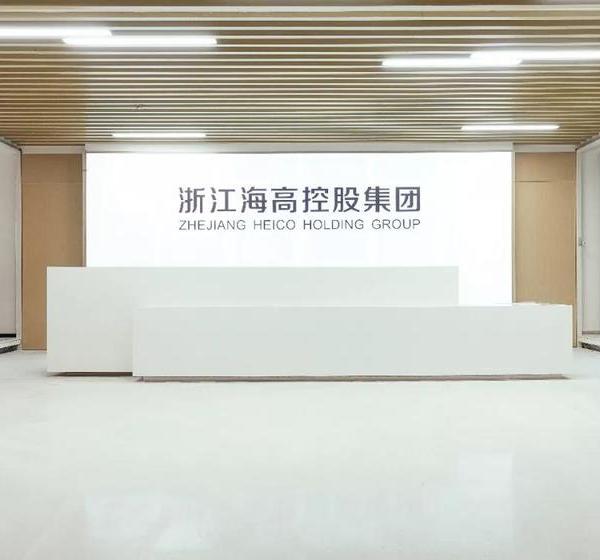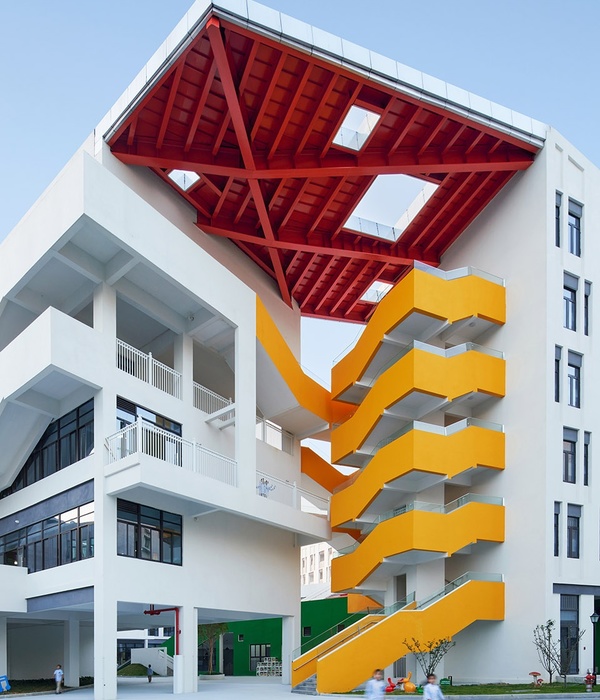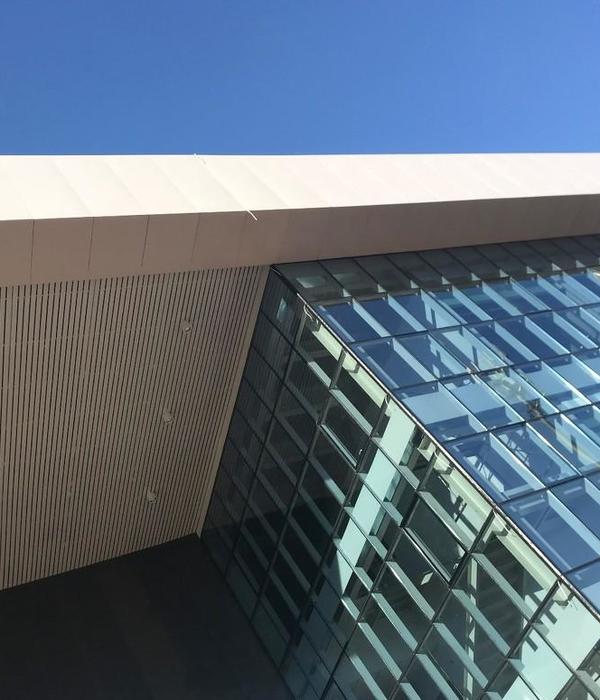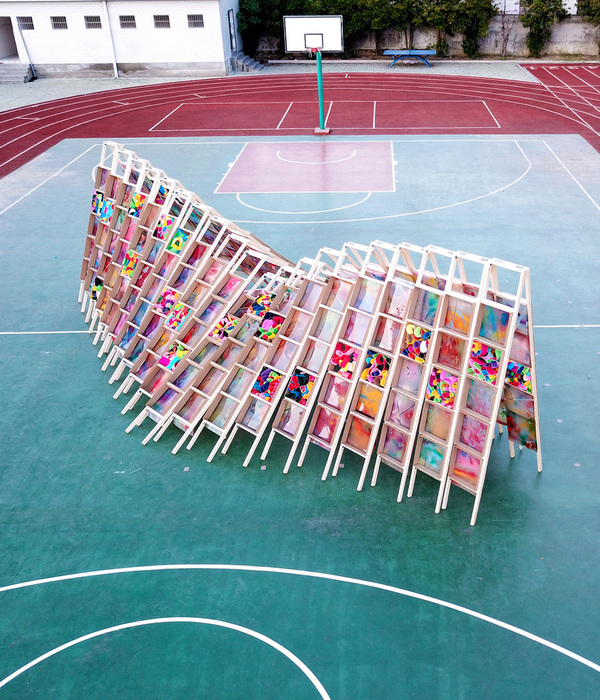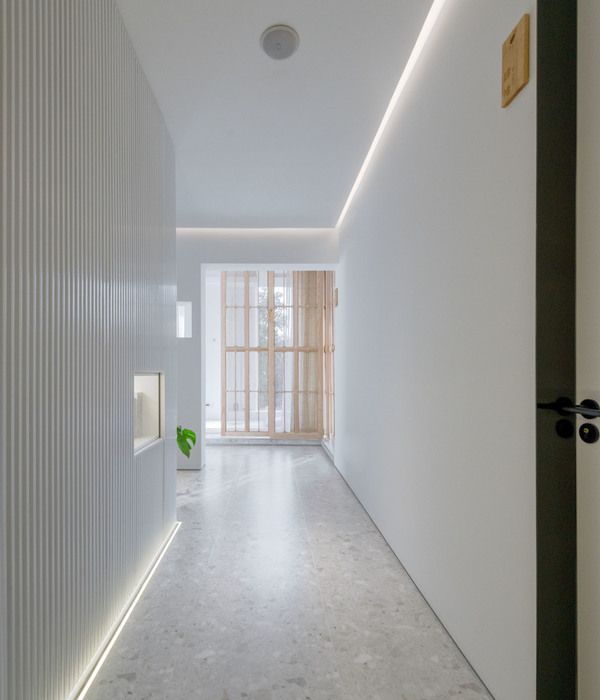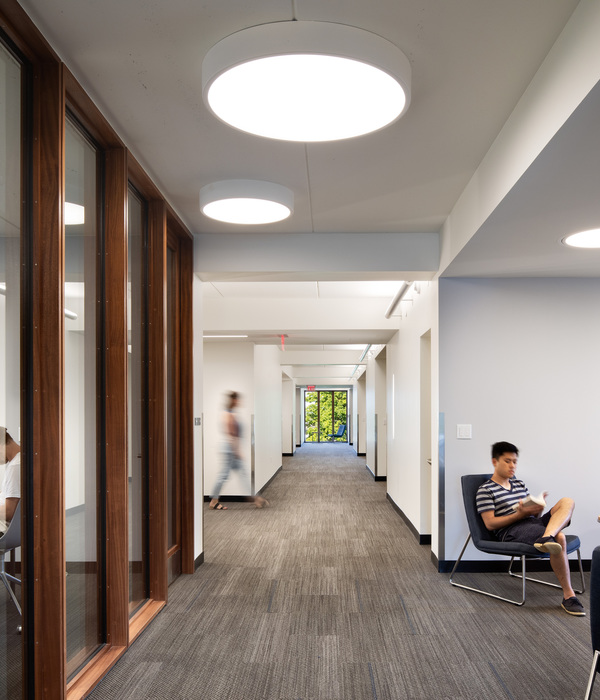The completion of Two Manhattan West marks the final chapter of the development of Manhattan West. The two-million-square-foot, LEED-Gold-targeting tower joins One Manhattan West, completed in 2019, as the development’s two largest towers. Both in the skyline and at grade level, these two towers form the gateway into the development and the westbound expansion of the Midtown urban fabric.
Manhattan West, first conceived in the 1990s and developed by Brookfield Properties, is a seven-million-square-foot, mixed-use development above active railroad tracks where minimal buildable land existed. It is an entirely new neighborhood, bounded by Ninth and Tenth Avenues and West 31st and West 33rd Streets, that SOM Master planned as part of the larger revitalization of Manhattan’s Midtown West. The master plan encompasses six buildings–four designed by SOM and all but one engineered by SOM–that bring two acres of public space, offices, residences, hospitality, and retail to a previously underdeveloped district.
The public realm is the heart of the master plan. The buildings are organized around a series of distinct plazas that were enabled by the engineering of a 2.6-acre platform that covers the rail tracks connecting to Penn Station. The development’s central plaza is lined with a combined 225,000 square feet of retail to activate a vibrant new gathering space for residents, office workers, and travelers from Penn Station and Moynihan Train Hall. The central plaza repositions West 32nd Street as a public space, forming a series of connections back to West 31st, West 33rd Street, and 10th Avenue. Together, these connections make Manhattan West an accessible and welcoming destination for all visitors, and at the same time create a much-needed new east-west pathway linking the transit hub through the High Line to Hudson Yards and the riverfront. It sits in the larger revitalization of Midtown West, where SOM has played an integral role–from the renovation of Penn Station’s Long Island Rail Road concourse, to the transformation of the James A. Farley Post Office into Moynihan Train Hall, through Manhattan West, and out to the High Line - Moynihan Connector.
One and Two Manhattan West, clad in high-performance glass, are designed to accentuate a soft, elegant simplicity that reflects the sky. On the ground, they enhance the public realm by extending the central plaza with additional space both indoors and outside. With triple-height, transparent lobbies, the buildings provide views from corner to corner to reveal the central open space to pedestrians and offer a visual extension and permeable connection to the central plaza. Set back from Ninth Avenue, the towers gently touch the ground creating a delicate dialogue between the private lobbies and the public plaza.
While the towers’ presence at grade and in the sky is rigorous and clearly defined, their most dramatic complexities lie underground. Both towers stand on extremely challenging sites above active rail lines. Navigating this challenge required an intricate synthesis of design and engineering. Each tower is supported by a central core with sloping perimeter columns that reach available foundations around the active tracks below. At One Manhattan West, the tower’s central core rises from bedrock to the top level, with floorplates that branch out symmetrically. Near grade level, the building’s perimeter columns slope in toward the core to reinforce the structure and create a column-free lobby, where the structure is clad in dramatic, vein-cut travertine marble. Similarly, at Two Manhattan West, only half of the core could touch down to solid ground. As a result, SOM aligned sculpted mega-columns at the building’s perimeter with subgrade spaces between the tracks–an integrated solution that opens clear sightlines from street to plaza.
In addition to the office towers, Manhattan West is a 24/7 neighborhood. The 23-story Pendry and the 62-story Eugene bring hospitality and luxury residences, respectively, to the site. The Pendry–comprising 164 guest rooms and suites–is characterized by a dramatic, undulating glass-and-granite facade that gives the boutique hotel an outsize visual impact within the development. Beyond giving the building a distinctive identity, this innovative facade design provides sustainability benefits and subtly indicates the building’s role as a hotel: the convex glass curves of the glass become a contemporary take on the bay window, which allows each of the 164 guest rooms panoramic views of the surrounding city.
The Eugene, an 844-unit residential tower that was designed in collaboration with SLCE Architects, integrates a crucial outdoor connection between 31st Street and elevated outdoor space connecting to the central plaza. The development is further enhanced by the renovation of two former industrial buildings–Five Manhattan West (engineered by SOM and designed by REX), and the 1913 Four Manhattan West building–into premium adaptive reuse office spaces. As part of this repositioning, a portion of the south side of Five Manhattan West was carved out to create an elevated breezeway and passage that extends the public space to Tenth Avenue–providing a direct sightline to the High Line and ultimately connecting Manhattan West to Hudson Yards. Together these buildings attract diverse users to Manhattan West.
The High Line - Moynihan Connector further completes the evolution of Midtown West by linking the neighborhood to the High Line–one of the most important public spaces and pedestrian paths in the city. Taking on the form of an elevated, 600-foot linear park, the Connector forms the final link in a chain of pedestrian pathways from Penn Station to Hudson Yards and the High Line to the West Village.
As part of Brookfield’s ambitious commitment to transition its entire U.S. office portfolio to be powered by zero-emissions electricity, the six million square feet of office assets within the Manhattan West campus, including One and Two Manhattan West, are powered by renewable electricity sourced from run-of-river hydropower dams located in Upstate
. This commitment contributes to an over 80% reduction in the office portfolio’s direct carbon emissions.
Brookfield planted 400 more flora than required by city zoning across the plaza. The landscaping at Manhattan West, designed by James Corner Field Operations, features native species strategically selected for their ability to thrive with minimal maintenance and low water usage. And, in efforts to support water conservation, stormwater is collected onsite from the buildings and adjacent landscape, then stored and reused within the irrigation system to more sustainability water the plaza’s plant life. Honeybee hives are placed across the roofs of Manhattan West to further support the native plant species and their pollinators. Brookfield Properties is also partnering with Rethink Food, a nonprofit whose mission is to create a more sustainable and equitable food system. Manhattan West will become the first Rethink Certified campus, where a group of restaurants, food purveyors, vendors, and corporations will be empowered to make an impact on issues of sustainability, food excess, and food security.
The completion of Manhattan West marks another milestone in the decades-long effort to transform the Far West Side of Manhattan. In a continuously evolving Far West Side of Manhattan, this chapter brings a new destination to life that also establishes a vital link between the Midtown business district, the Penn Station complex, and Hudson Yards.
{{item.text_origin}}

